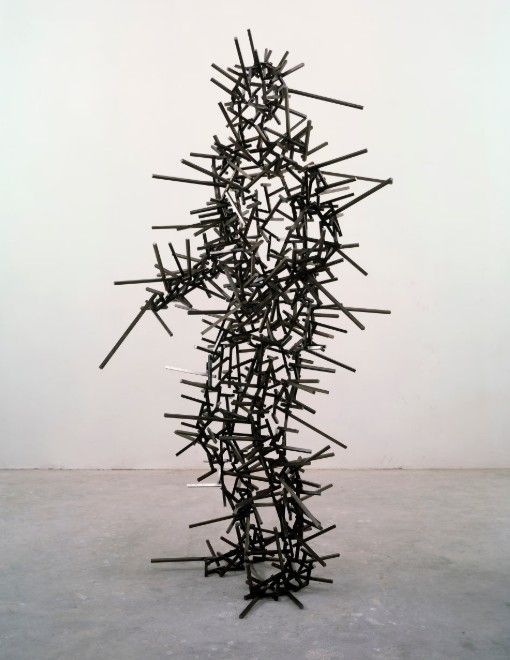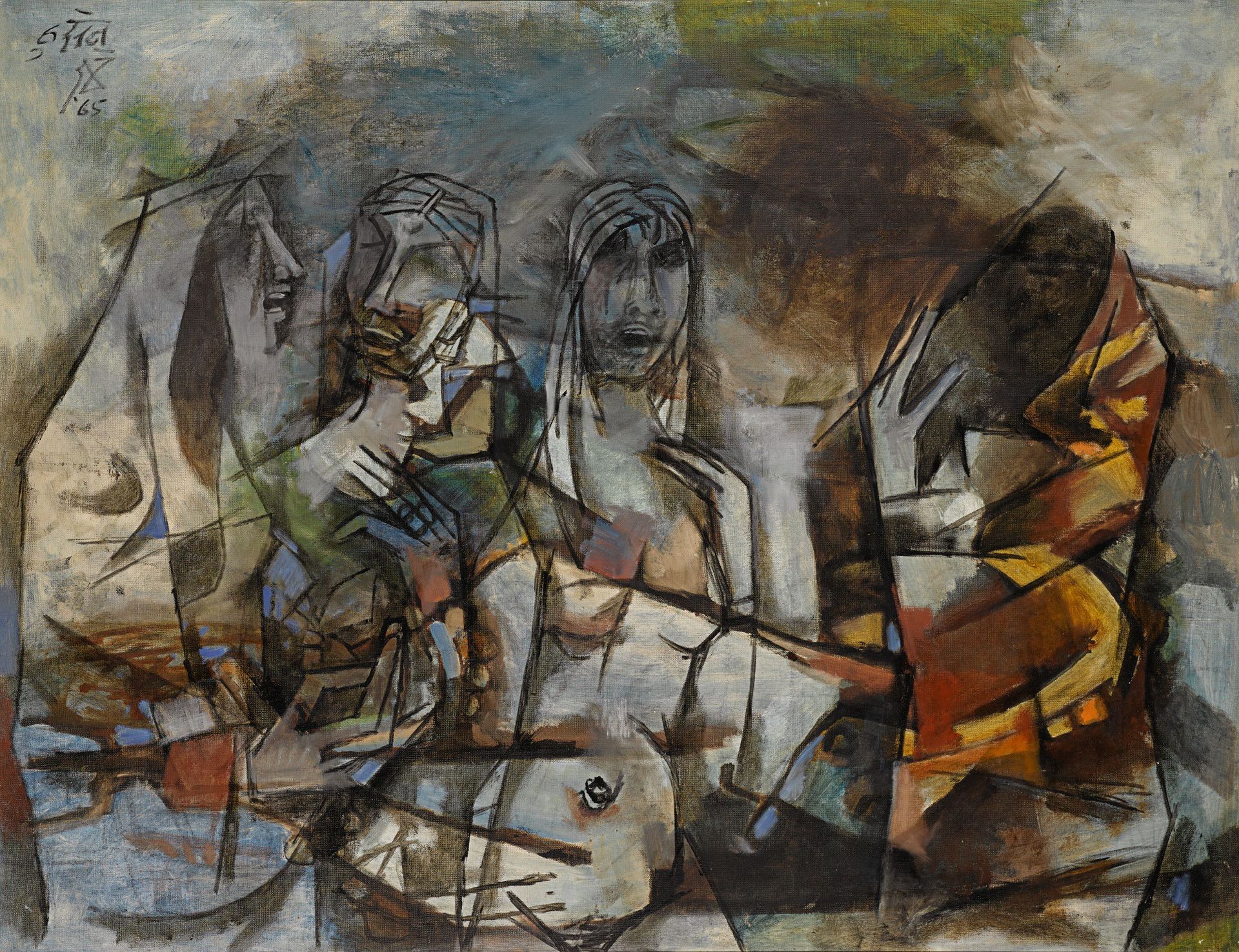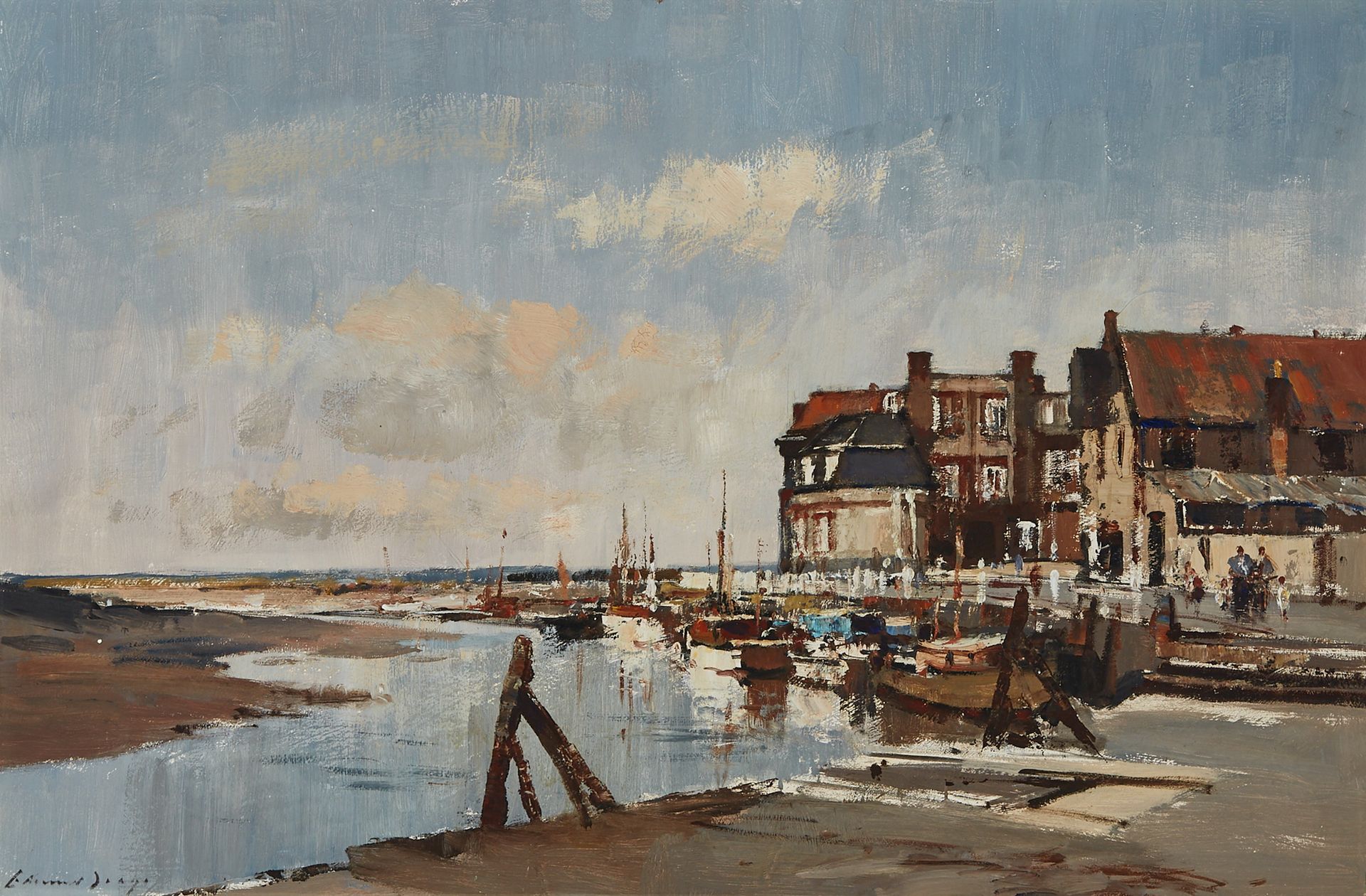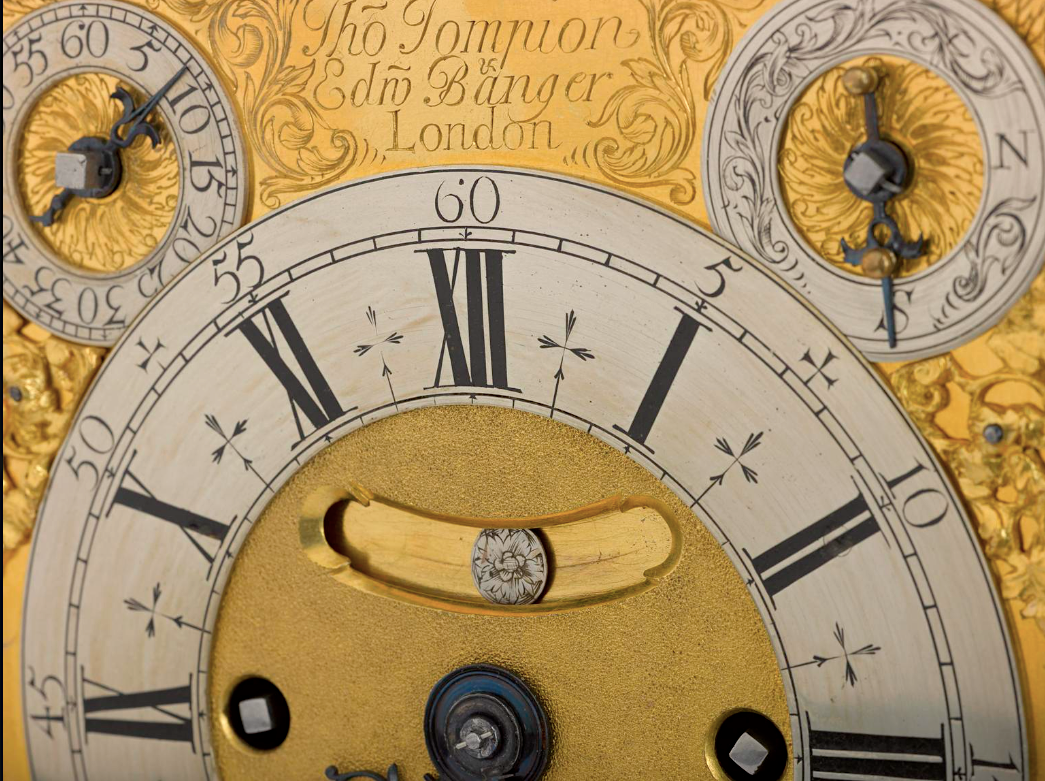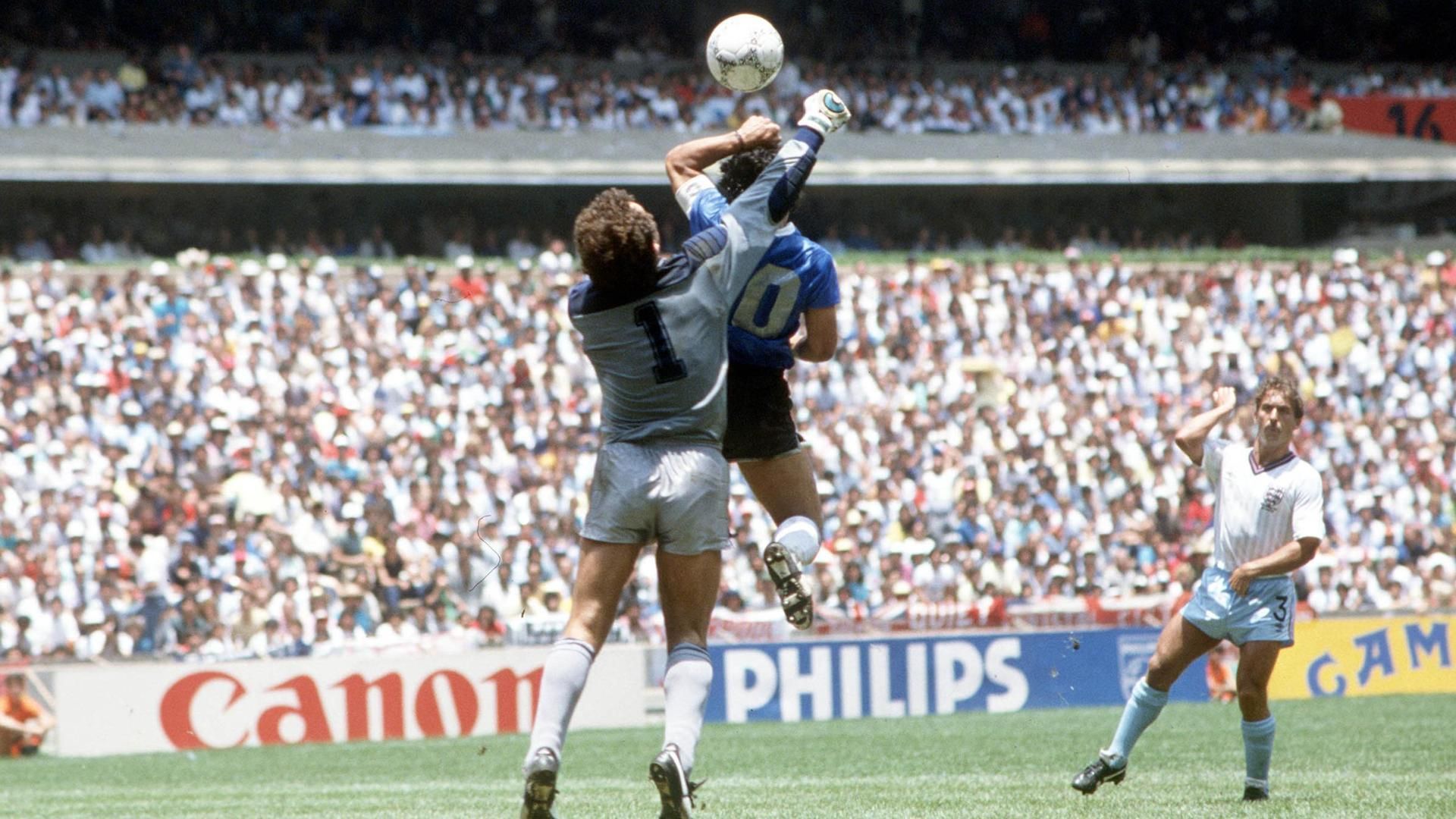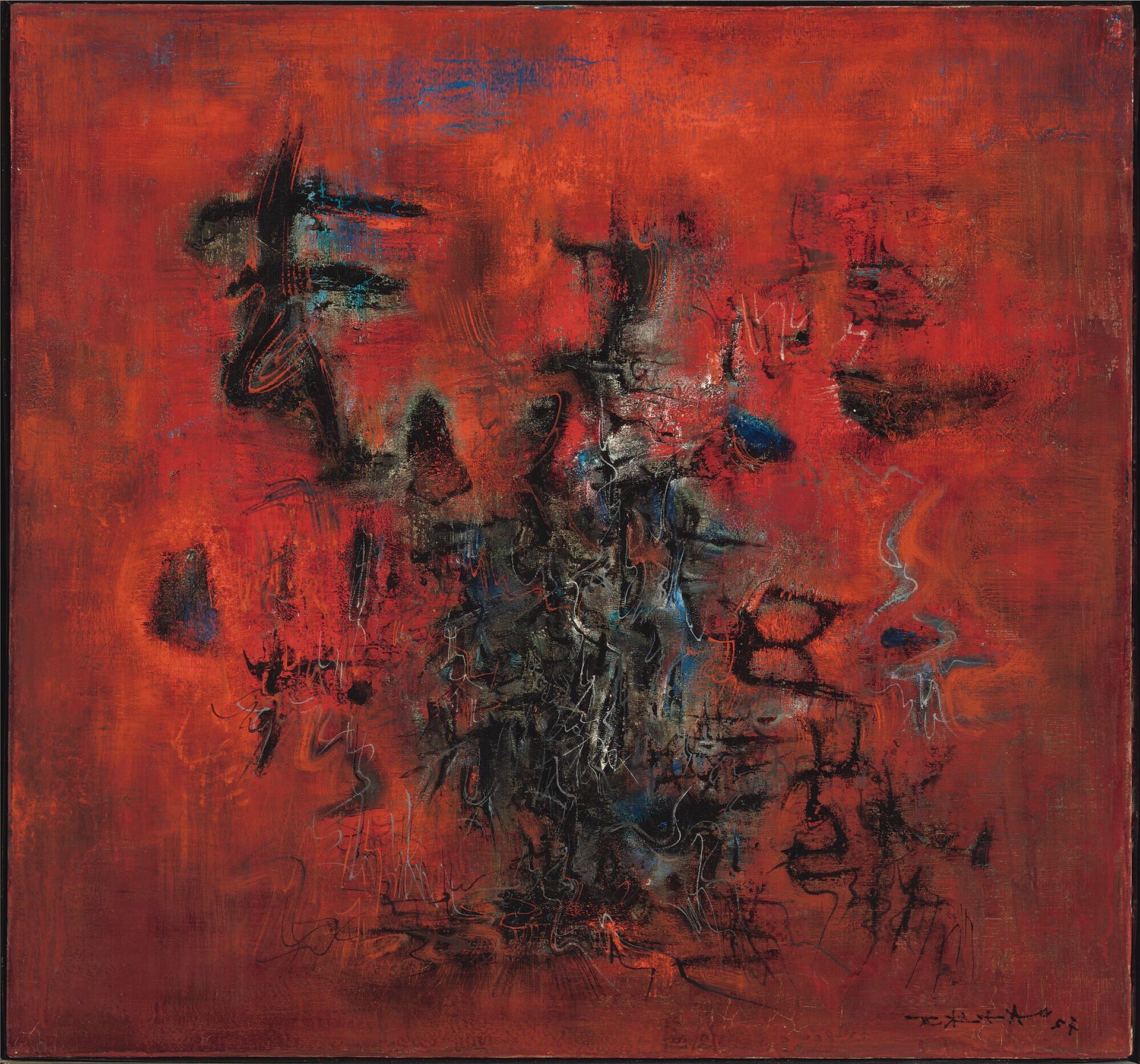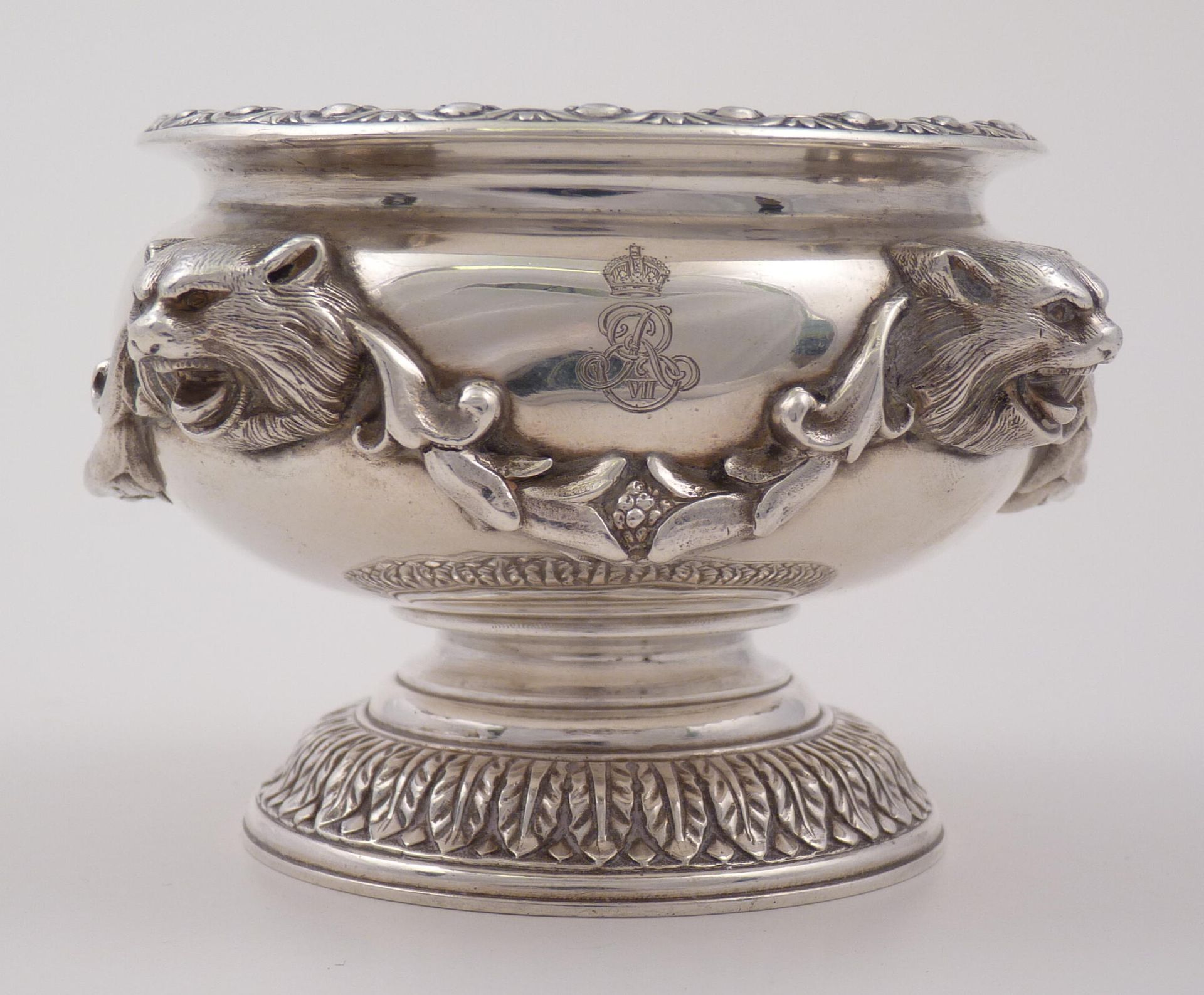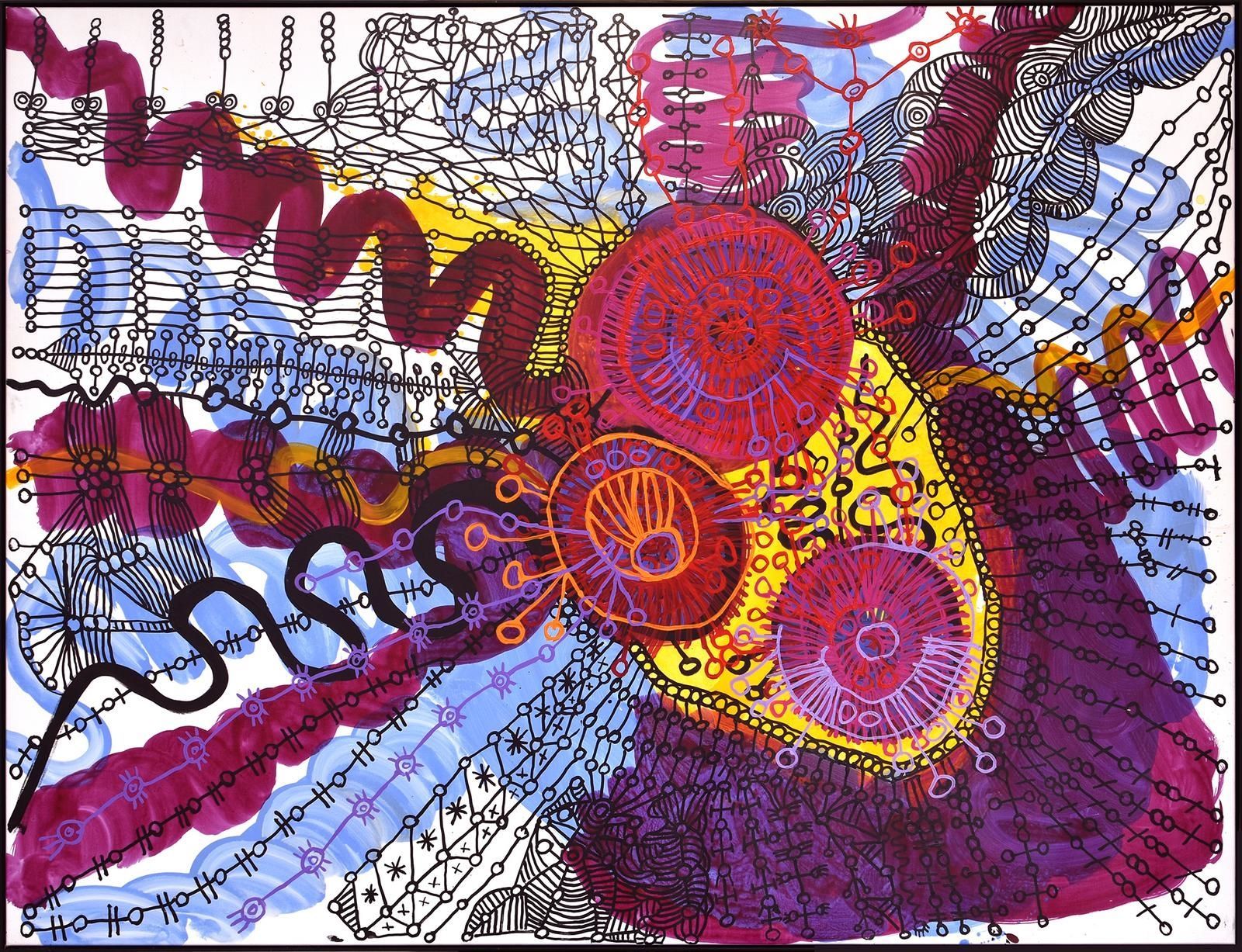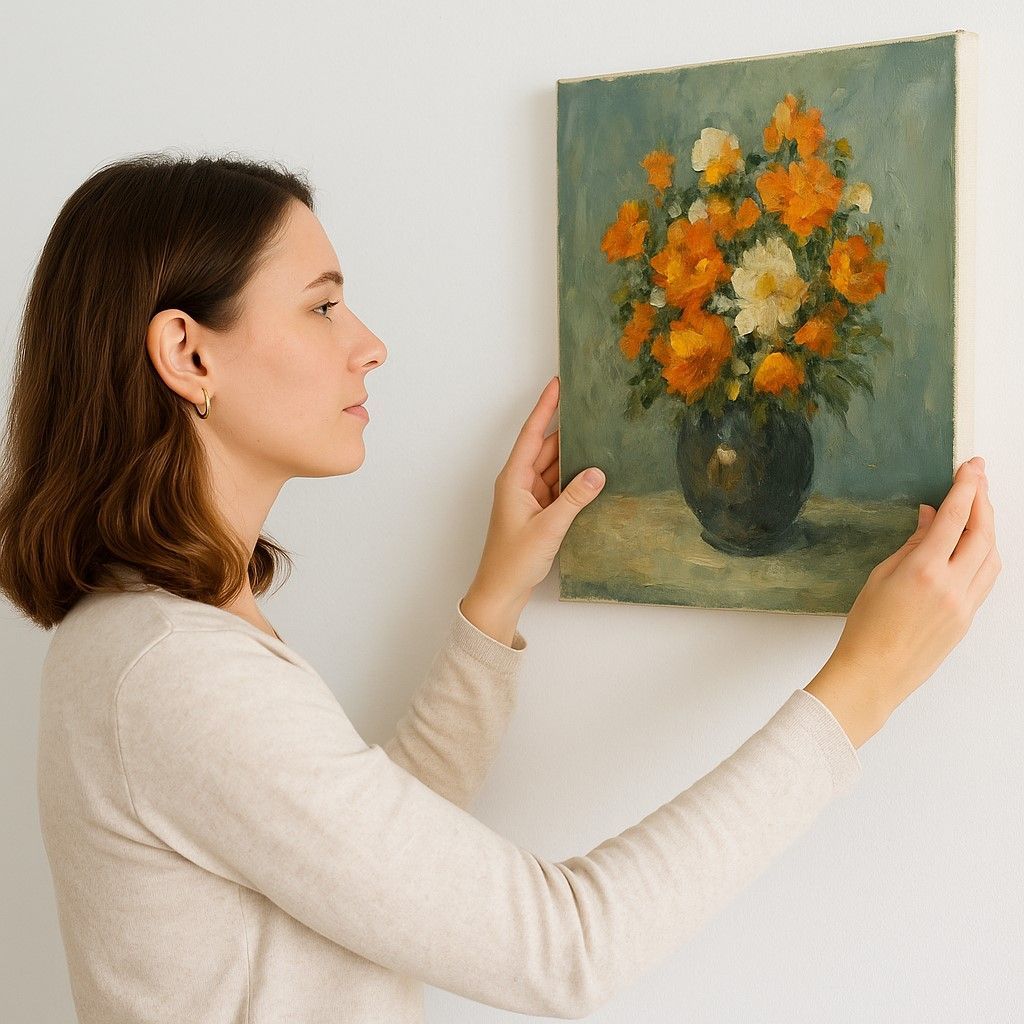Share post
Please find a short article about post World War II sculptors by Debra Stanislawski below.
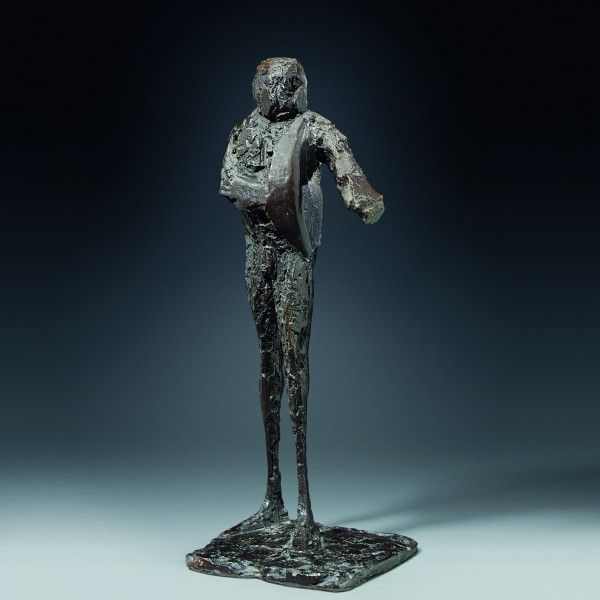
In 1952 Henry Read wrote that the works of Post- Second World War sculptors were representing the ‘Geometry of Fear’. The label stuck.
In a time when the devastation of humans by humans and the brink of nuclear war seemed imminent, it is no surprise that this purported view had resonated. Read had imposed a meaning onto much of the art suggesting that the feelings of fear and darkness were manifested in the works of the young artists. He suggested that the emotions they developed through an all-consuming war were depicted through their art. Exhibitions in Italy and London led to purchases by high profile individuals of the works of these young artists and threw them into the spotlight, whether they wanted it or not.
These individual artists were gathered as a motley crew. Yet, their styles were sometimes different enough from each other that the label did not necessarily accurately reflect some of these artists own views of their work. This is not too dissimilar to artists’ views about how marketing is conducted rather generally. Some of the ‘Geometry of Fear’ artists did not feel that their label encompassed them.
This group of renegade artists included:
1. Elisabeth Frink
She had been offered the Presidency of the Royal Academy. She rejected it.
Whilst to date her animal sculptures sell in the tens to hundreds of thousands and are rather realistic in their depiction, her human forms could been seen to demonstrate some of the emotion Read suggested for this group.
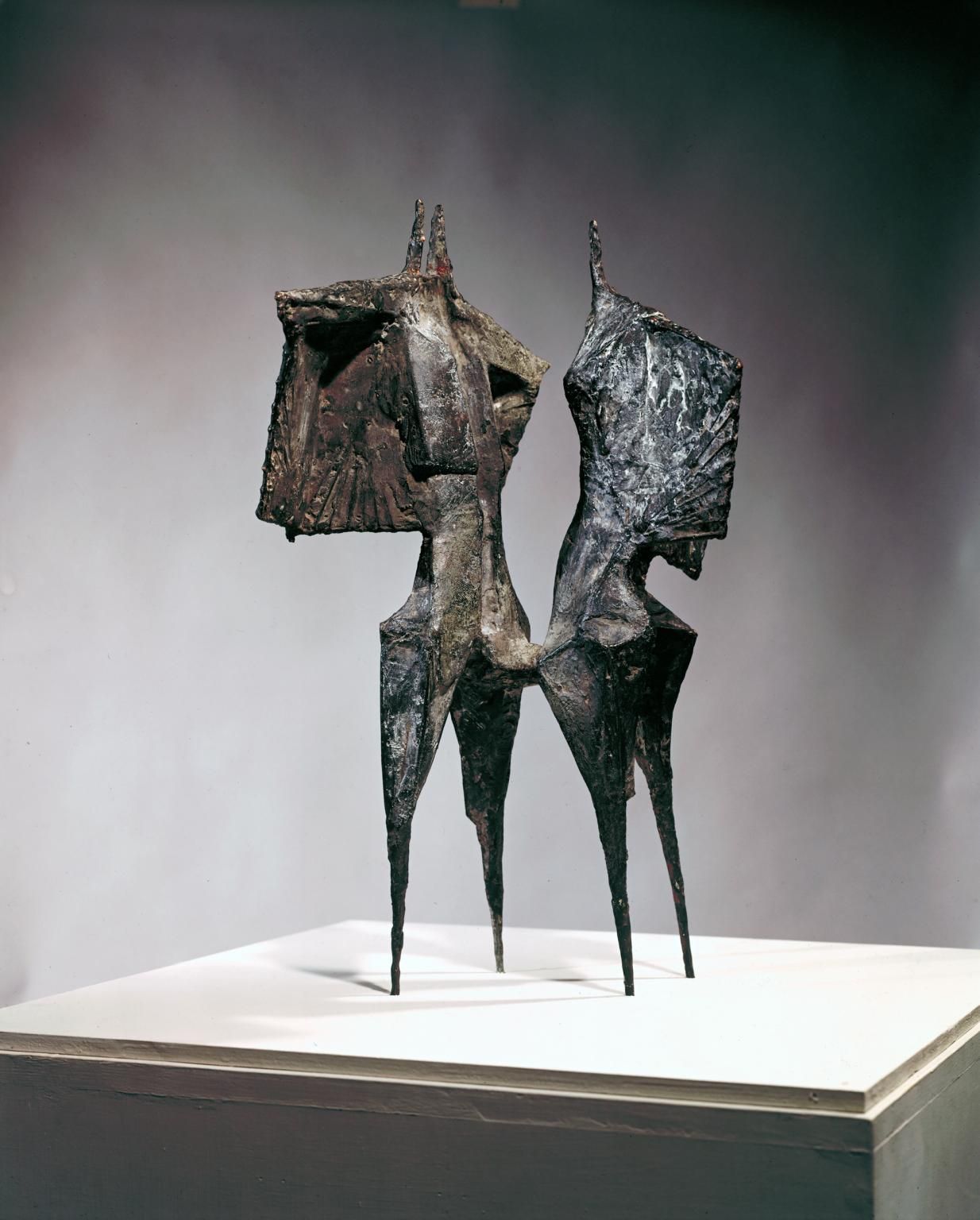
2. Lynn Chadwick
He did not attend art school but followed his intuition when sculpting. He was a pilot in World War Two. He was also rather opposed to the notion that his art had any sort of political meaning, feeling rather more inspired by nature than by the ideas suggested by Read. When he was forty-two years old, he won the International Sculpture Prize. He is still the youngest sculptor to have won it.
He learnt how to weld. His family had hoped that he would become an architect, but he had decided it was not the right profession for him.
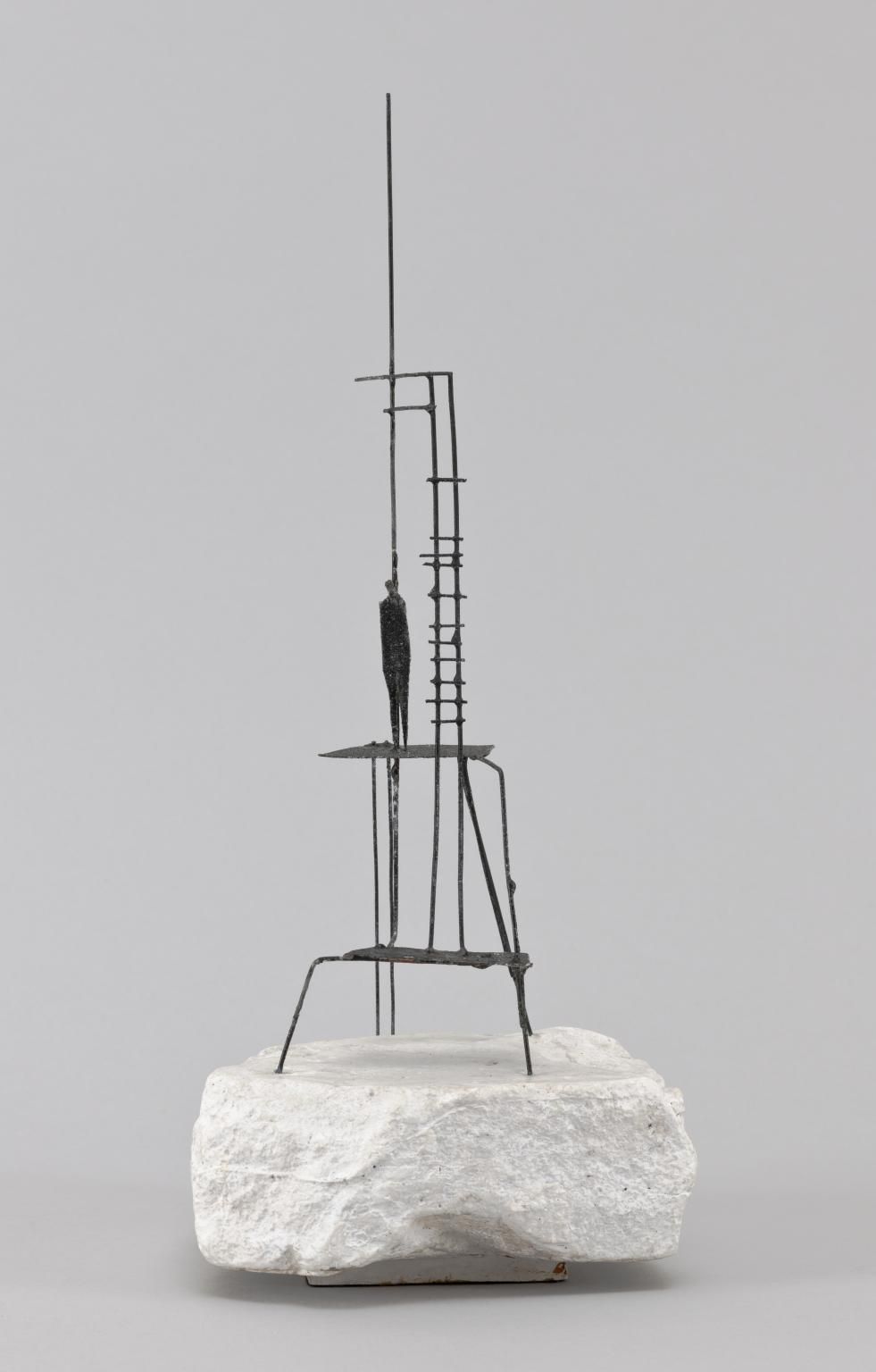
3. Reg Butler
During the Second World War, he was a conscientious objector. He trained as an architect and became a blacksmith during the war. After he had won the ‘Unknown Political Prisoner’ competition, his career as a sculptor was sealed.
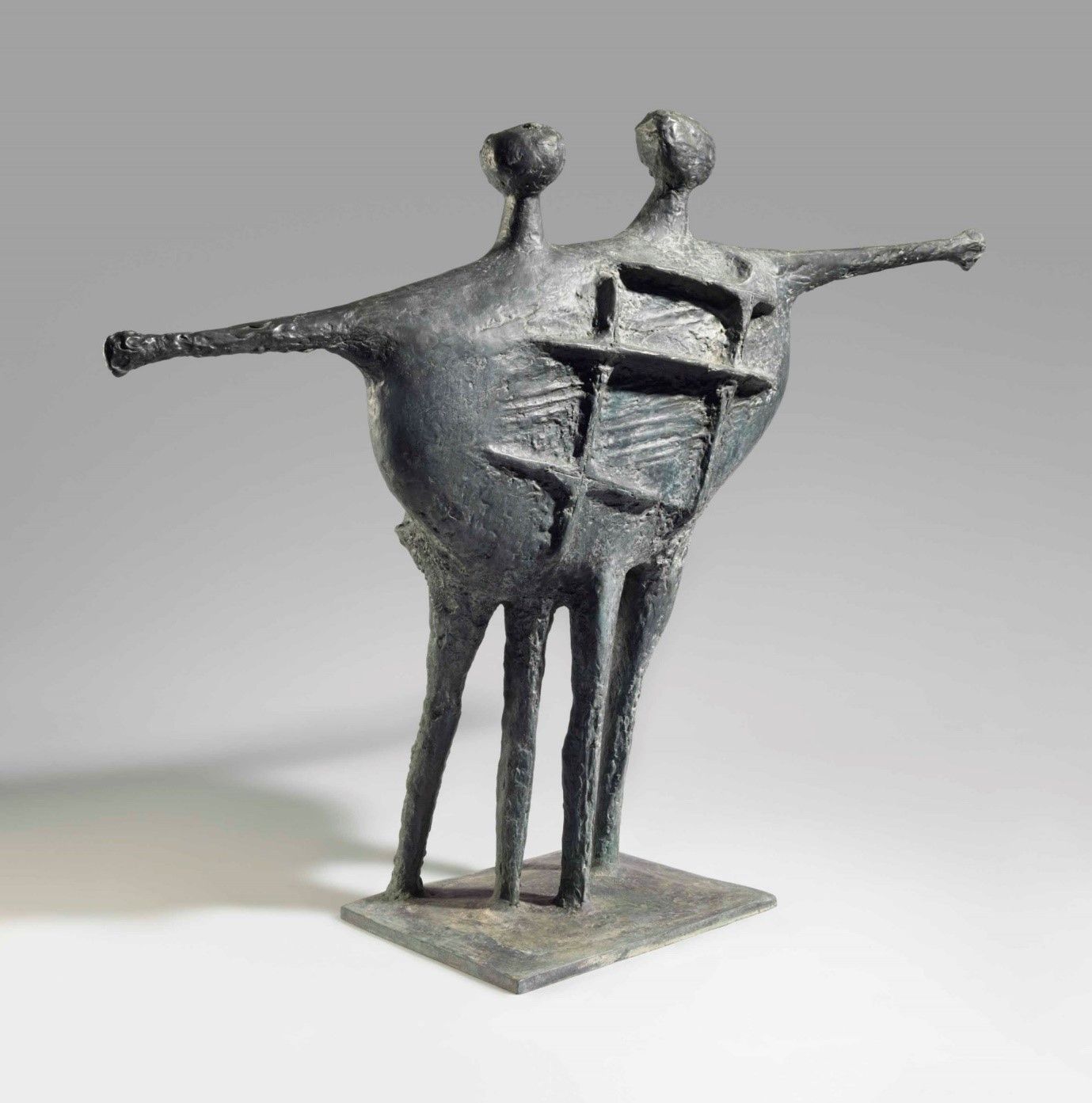
4. Kenneth Armitage
He was born in Yorkshire and served in the army in World War Two. His best-known style was merging the bodies of groups of individuals together with bronze casts.
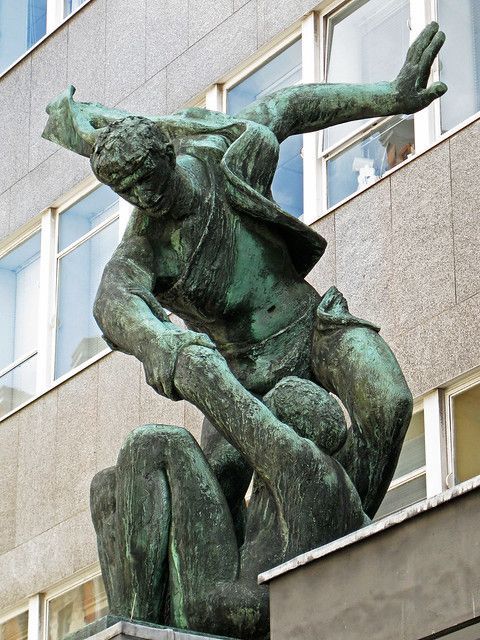
5. Bernard Meadows
He was a set designer for Jean-Paul Sartre’s ‘The Flies’. In a period where refusal of awards was perhaps in line with the Existential times, Sartre also refused the Nobel Peace Prize in 1964. Meadows was Henry Moore’s assistant.
It might be suggested that taking aboard the darker side of humanity when constructing art lead the ‘Geometry of Fear’ sculptors to artistic success.
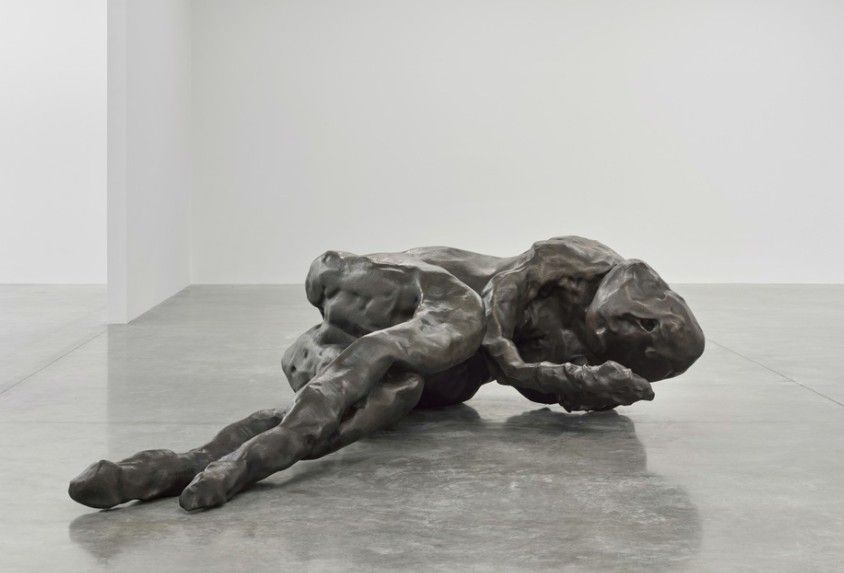
Similar themes are considered with contemporary artists. Artists such as Tracey Emin and Antony Gormley are frequently cited as two examples of artists thriving off this side of humanity and the creativity it has inspired. Some have even said that the Geometry of Fear artists were partially responsible for influencing both their works.
